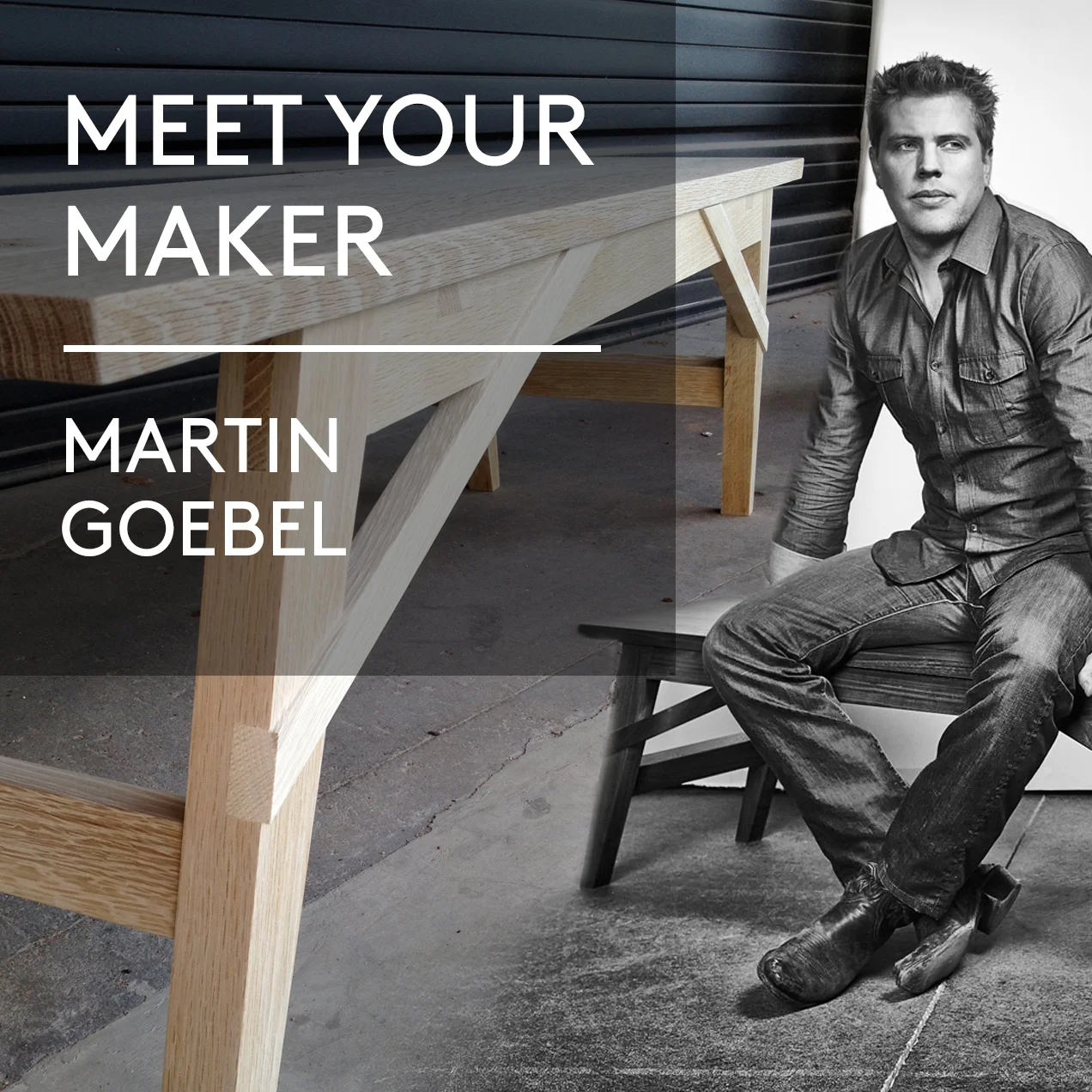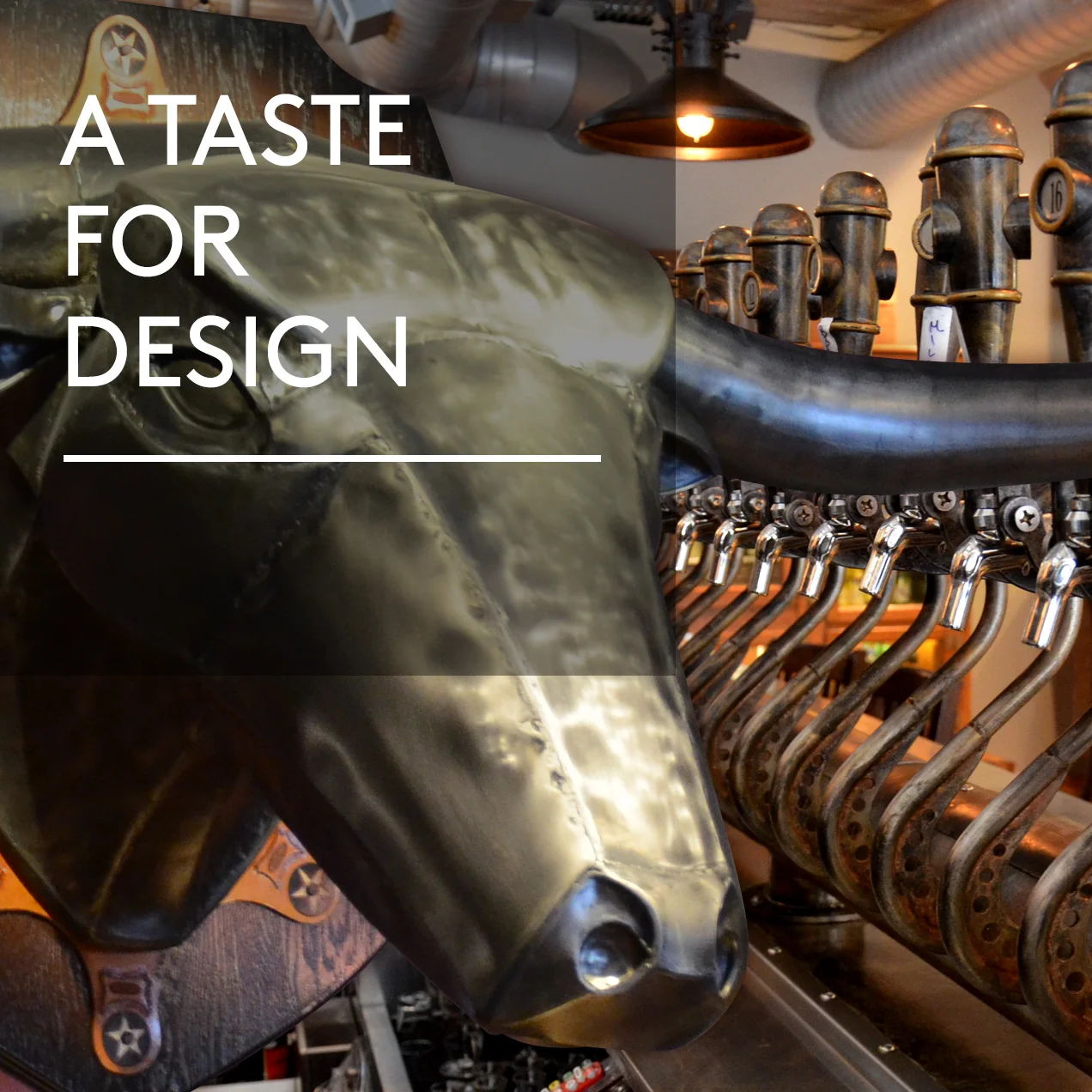Cranbrook Exhibit Details Michigan’s Leading Role in Mid-Century Modernism
/How’s this for a bold claim? Mid-Century Modernism was born in Michigan.
And this: A design movement conceived in a Detroit suburb reshaped virtually every aspect of American life.
A major new exhibit at the Cranbrook Art Museum in Bloomfield Hills, Mich., backs up those sweeping statements with an impressive body of evidence.
“Michigan Modern: Design that Shaped America” opens June 14 and leads visitors through a design era that unleashed lasting changes in the way Americans live, work, shop, socialize and transport themselves from one place to another.
The Skinny:
- Fun Fact: Exhibit visitors can plop down on classic furniture in a re-creation of a mid-century apartment from Lafayette Park, the community designed by Mies van der Rohe.
- Michigan Modern: Design that Shaped America
- June 14 – Oct. 13, 2013
- Cranbrook Art Museum
39221 Woodward Ave. - Bloomfield Hills, MI 48303
- Details & Tickets
The exhibit kicks off by delving into a now legendary 1940 MoMA design competition called “Organic Design in Home Furnishings” that introduced the world to Cranbook-based designers Charles Eames and Eero Saarinen.
“In the late 1930s, a remarkable group of artists and designers were at Cranbrook,” said Gregory Wittkopp, director of Cranbrook Art Museum and Cranbrook Center for Collections and Research. “They used the Academy’s studios to experiment and create the furniture and products that became the icons of the 20th century. It is no exaggeration to say that mid-century Modernism was conceived at Cranbrook.”
Visitors will see how Michigan acted as an incubator for mid-century design. The list of Michigan-born innovations and advances is amazing and a bit bewildering – molded fiberglass for furniture, the “Action Office” that pre-dated our modern cubicles, Styrofoam, Cadillac fins, the Quonset hut, the modern shopping mall, pre-fab homes and more.
A number of organizations had a hand in assembling the exhibit, including the State Historic Preservation Office, Michigan State Housing Development Authority, Cranbrook Art Museum and MPdL Studios of Ann Arbor.
Reynolds Metals Regional Sales Office, Southfield, designed by Minoru Yamasaki. Photographer: Balthazar Korab. Courtesy of the Library of Congress
In advance of the exhibit’s opening, Cranbrook’s Wittkopp set aside a bit of time to answer a few questions for us:
Q: During the course of preparing the exhibit, did you learn anything new or surprising about Eames & Saarinen?
The exhibition will show how the early collaborations of Charles Eames and Eero Saarinen here at Cranbrook (before they were the "Eames" and "Saarinen" that we think of today) spawned the ideas that led to their well-known independent work. Without these early collaborations, in particular their work for the "Organic Designs in Home Furnishings Competition" at MoMA, neither of them may have gone on to become the legendary giants that we know about today.
Q: This is an exhibition that encompasses such a wide variety of unexpected objects and materials -- Styrofoam, a Quonset hut, Cadillac fins, the office cubicle. What are some of the common threads that unite these seemingly disparate objects?
Modernism in Michigan is not just about the iconic designers and designs. It is also about the way that these ideas were made accessible to the working and middle classes in Michigan through new and innovative materials.
This exhibition shows how modernism changed every life in Michigan--unless you tell me that you have never driven a car or shopped in a mall.
Q: It's opening day for the exhibit. You overhear someone on their way out sharing impressions with a friend. What would this exhibit goer be saying that would warm your heart and make you know that you did your job well?
"I thought I knew everything about midcentury modernism, but I had no idea that...
Charles and Ray Eames perfected their experiments with molding plywood during World War II. That molded-plywood body litter they created for the war effort was really cool! And to think this particular litter was borrowed from Charles Eames's own grandson. Wow.
General Motors advertisement for the 1959 Buick Electra 225 on Cranbrook Academy of Art campus. Photo courtesy of General Motors 2013
I always associated the Case Study House experiments with California. I had no idea that Ralph Rapson designed one of the houses while he was in Michigan! His drawings are great. Too bad contemporary architects don't draw anymore--at least like Rapson did.
I had no idea that Henry Ford had an assembly plant in Argentina, as early as the 1920s. That Model T cutaway from a dealer in Argentina is way cool. Now I understand why modernism really began with Henry Ford and the concept of the modern assembly line.”





























